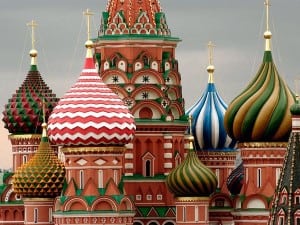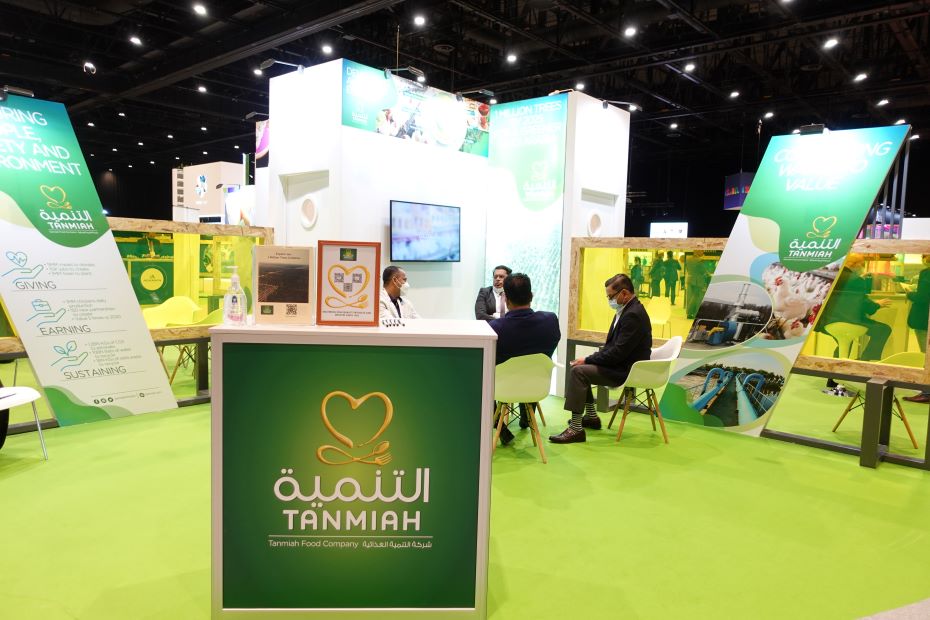Below is a 2 part story from the Ogilvy Noor Blog on the Muslim Fashion Industry, with a 3rd part to follow soon.
By Shelina Janmohemad, Senior Strategist, Ogilvy Noor
Last year I wrote for the FT about the growth of Muslim fashion, which is spanning the globe from Indonesia to California. In a marketplace that is growing so rapidly and in which countries, designers and trends are developing faster than you can say ‘hijab couture’, in this post I’ll be looking at some of the latest developments in the industry.
Part 1
In mid August, Jakarta was home to Indonesia’s 3rd Islamic Fashion Fair which is held by the Indonesia Islamic Fashion Consortium with “146 booths offering the latest trends in Indonesian Muslim fashion, shoes, bags and accessories.”
 Indonesia’s Industry Ministry is eyeing Europe as its key future export destination, and wants to be an industry hub by 2020. According to the Ministry, annual sales of Muslim clothing in Europe have now reached US$ 1.5 billion. There are also plans afoot for Indonesia and Thailand to team up to market Indonesian products in Europe taking advantage of Thailand’s easy access to the region.
Indonesia’s Industry Ministry is eyeing Europe as its key future export destination, and wants to be an industry hub by 2020. According to the Ministry, annual sales of Muslim clothing in Europe have now reached US$ 1.5 billion. There are also plans afoot for Indonesia and Thailand to team up to market Indonesian products in Europe taking advantage of Thailand’s easy access to the region.
As part of the plan to turn the country into a global fashion Mecca, the Tourism and Creative Economy Ministry will send six Indonesian designers to the 2012 International Fair of the Muslim World in Paris in November.
But there are challenges of design, production and consistency that have to be addressed by the country’s fashion industry.
The Olympics have just passed and a number of Muslim women, including those observing modest dress, from all over the world have taken part, and include several medallists. It’s no surprise then that Muslim-friendly sportswear continues to grow in popularity. First up are sports-friendly headscarves like Capsters. This brand offers ranges for ‘sports’, ‘watersports’, ‘casual’ and even ‘exclusive’. There’s also Friniggi, based out of Botswana, which describes itself as: “Performance sportswear that covers your body and gives you the freedom to reach your fitness goals.” ResportOnuses playful wording to capture the idea that clothes might cover the body, but free the participant to partake in the sport of their choice: “Sports headscarf. Be yourself. Unveil your performance.”
An American Muslim designer aiming to bring her faith to the catwalk was showcased as part of New York Fashion Week in 2011. Earlier this year she established a Muslim modelling agency called Under Wraps.
She says: “As a Muslim woman who has also worked in the fashion industry, I observe a heavy Muslim influence in all areas of fashion. Designers, photography, editorials all displaying inspirations from Muslim fashion. I feel there is a need to shine the light on Muslim women who have been some of the originators of trend setting modest fashion for years. I’m bringing Muslims to mainstream – covered is the new couture.” As proof, she showcases fashion mag editorials that already have a Muslim influence.
Of course this created a debate in Muslim and wider circles on a question discussed here by Fashionista.com: “Can modesty and modeling mix?” But it’s a pertinent development, particularly when considering the rise of the Muslim fashion magazines which we’ve tweeted about regularly, like Aquila Style, Ala andModestyle.
Muslim fashion blogging also continues to grow. Hijabistas lists clothing, designers and fashion events and cheekily asks “what colour is your hijab?”. It also showcases “hijabistas from around the world.”
Hijabtrendz continues its popularity, billing itself as the “Original Fashion, Beauty  and Entertainment Blog for Muslim Women” and showcasing the charmingly titled “Pop culture hijabi” column.
and Entertainment Blog for Muslim Women” and showcasing the charmingly titled “Pop culture hijabi” column.
US-based Haute Hijab describes its philosophy in words which will resonate with Muslim Futurists who combine faith with modernity, explaining they believe “in an individual’s personal expression of faith and modesty through dress.”
More trends next week!
Part 2
This week we’re continuing our deep dive insights into some of the trends of the growing world of Muslim fashion. Here is part 1 from last week, along with our introduction to the industry in the FT.
We’re still in full flow of wedding season in most parts of the world, but what should a bride do if she wants to be modestly dressed and fabulous on the big day? To answer this dilemma, bloggers and designers are springing up to address the idea that The Bride Wears Hijab. Brides-to-be can gain inspiration from Islamically-styled wedding outfits. Or even go to online retailers which specifically cater for Muslim brides.
Headscarves come in all sorts of shapes, styles, fabrics and prices. However, they bring with them the need for accompanying accessories: undercaps as a ‘base’, pins and clip for securing, and brooches and other decorative items. But that’s not all that the passionate hijabista needs.
Once you have a headscarf for every occasion and outfit, how do you store them? Here, here and here are three of the many different solutions to a problem that plagues the fashion conscious and which seems to have no definitive answer from mainstream storage brands.
Building a collection of stylish headscarves can be an expensive endeavour, so here women are given advice on how to take care of their precious investment.
Muslim fashion is a grass roots movement, and is taking off so vigorously because of the growing segment of young Muslims you we have identified as the Muslim Futurists, who believe that faith and modernity are complementary. The products they consume must be modern and cutting edge, but must also assist them in attaining the religious life that they aspire to. Here’s a great example of how a young Muslim woman achieves this through her fashion choices. “I have a friend who loved skinny jeans, but those tight trousers were a trouble when she made her wudhu [religious ablutions]. She then transformed the skinny jeans to be more wearable for shalat [prayer] by putting zippers on the bottom sides of the pants.” (spellings are Indonesian variants of Arabic words).
Indonesia has clear aspirations to be a world leader in Muslim fashion, and with a sizeable market already in place they seem well-positioned to do so. Designers like Dian Pelangi already have a following. But designers and bloggers are growing around the world – often designers start out as fashion bloggers and then progress from producing content to producing clothes. Dina Toki-o is British. Hana Tajima, American-Japanese; Ami Schaheera from Malaysia along withShaelaiza.
Turkey also has a very vibrant Muslim fashion scene with upcoming brands include Aker, Kayra and Tugba Venn.
And across the Atlantic, American Muslim fashion is thriving. This video and article take a look “inside Muslim American fashion“. And in upcoming New York fashion week, designer Nzinga Knight ins incorporating her Islamic aesthetic into her clothing line which will show during the fashion festival, with long sleeves and long hems. But the clothes are for no shrinking violets. She says they are for “women who are going places.”
And that sentiment certainly seems to sum up the whole of Muslim women’s fashion: it is on the move, and that move is growing wider, more popular and into the mainstream.




